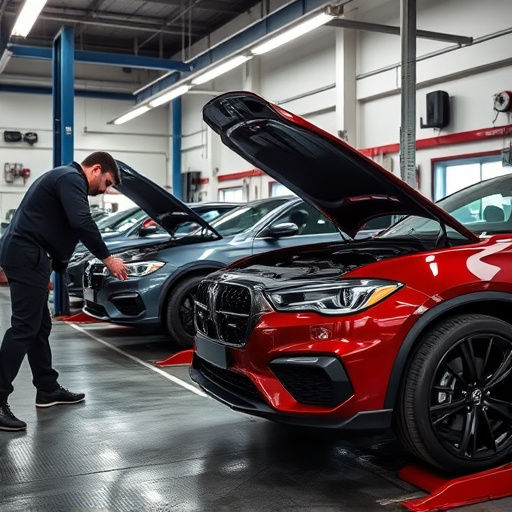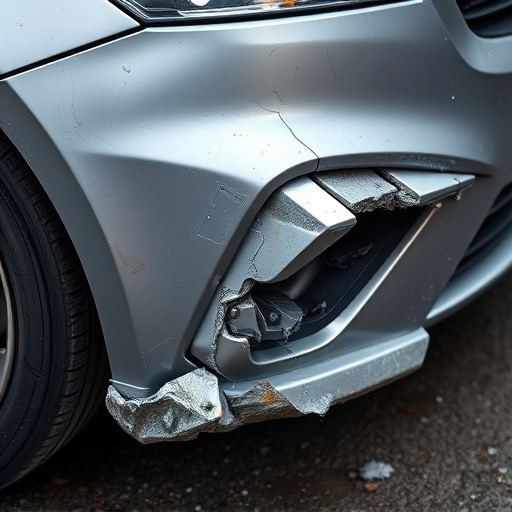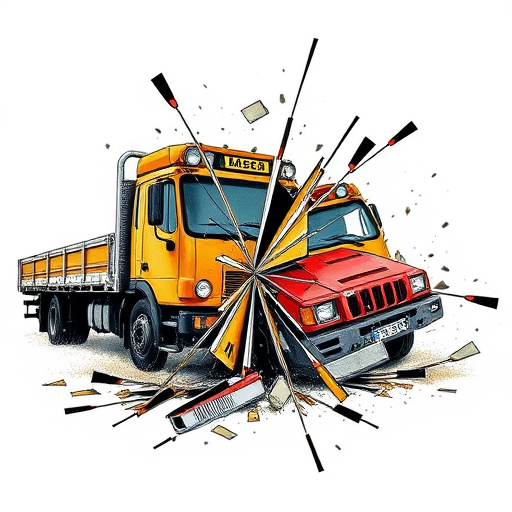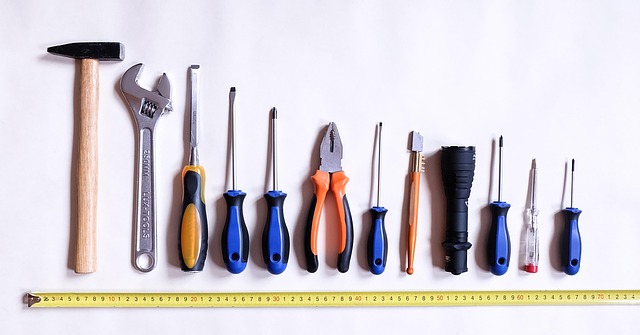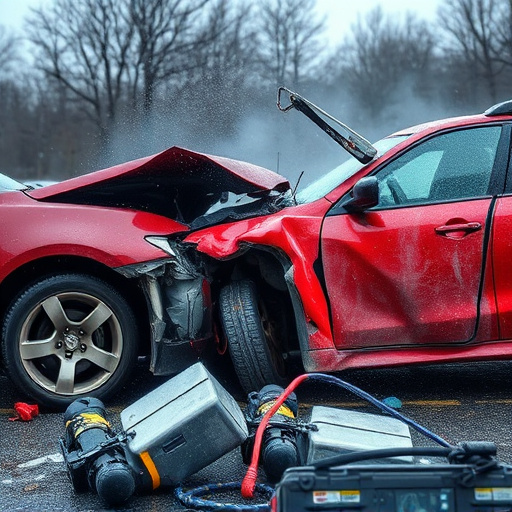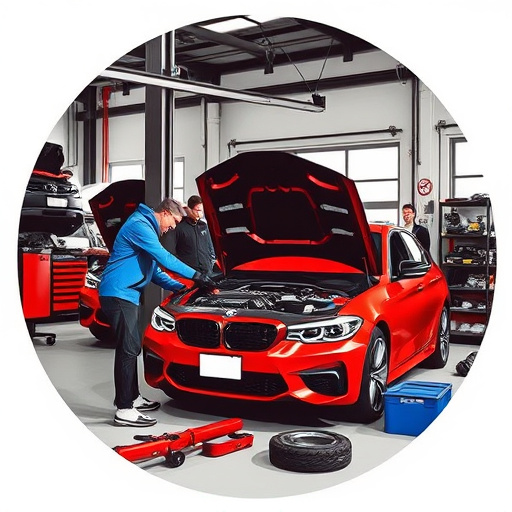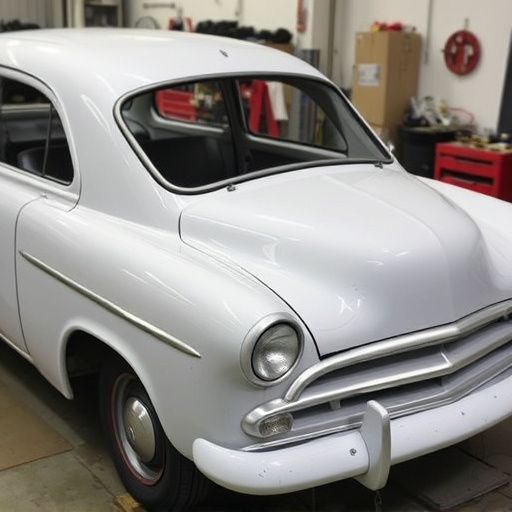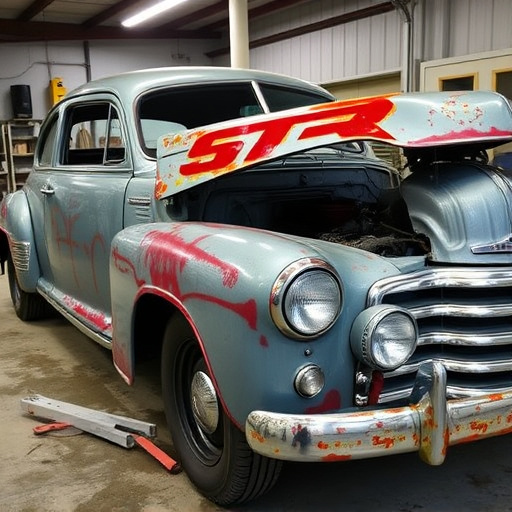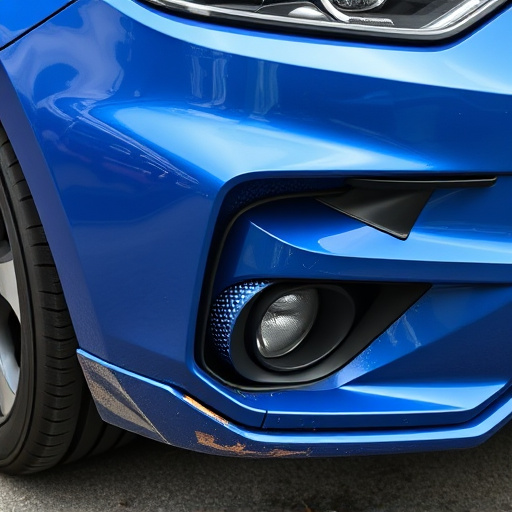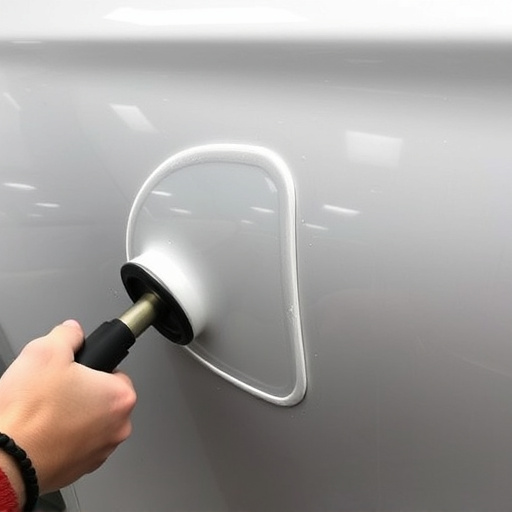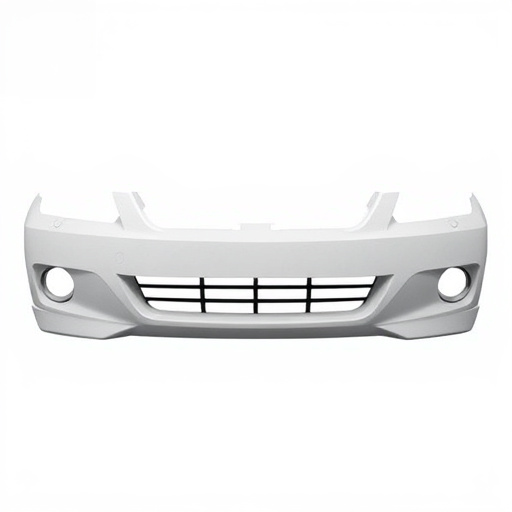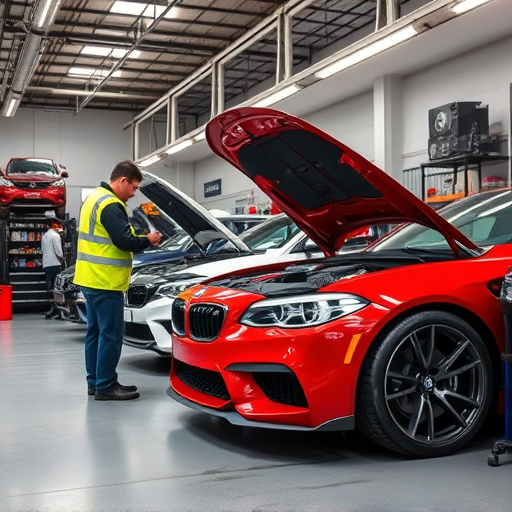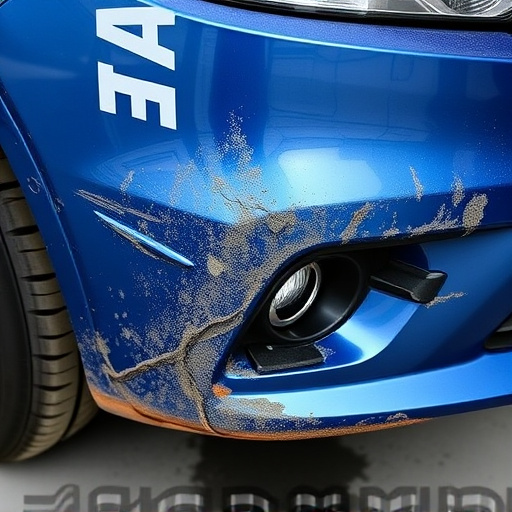The Tesla Adaptive Suspension System, a key feature for comfort and safety, requires professional repair when issues arise. Using specialized tools for EV diagnostics, technicians address problems like uneven tire wear or handling issues. Repairs involve adjustments to camber, caster, and toe angles, ensuring optimal handling and performance. For severe damage, skilled professionals perform Tesla adaptive suspension repairs while preserving safety features and aesthetic appeal.
“Uncover the secrets behind Tesla’s cutting-edge Adaptive Suspension System and learn how to perform effective repairs and alignments. This comprehensive guide addresses common issues plaguing Tesla owners, offering a detailed step-by-step process for DIY enthusiasts or service professionals. From understanding the complex mechanics of the system to mastering diagnostic techniques, this article equips readers with the knowledge to tackle Tesla adaptive suspension repair with confidence.”
- Understanding Tesla Adaptive Suspension System
- Diagnosing Common Adaptive Suspension Issues
- Step-by-Step Repair and Alignment Procedures
Understanding Tesla Adaptive Suspension System
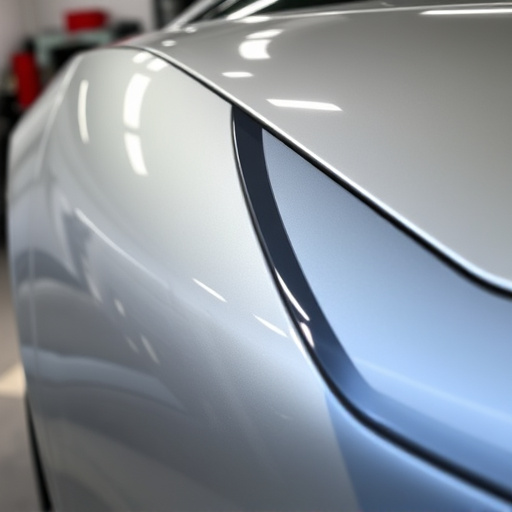
The Tesla Adaptive Suspension System is a groundbreaking feature designed to revolutionize the driving experience. This advanced system utilizes sensors and actuators to continuously adjust the vehicle’s height and ride characteristics, providing superior comfort and control. By dynamically adapting to road conditions, it ensures a smooth ride, enhances handling, and allows for precise cornering—a true game-changer in the automotive industry.
When it comes to Tesla adaptive suspension repair, understanding this intricate system is key. It involves specialized techniques and tools to address any issues while maintaining its optimal performance. A reputable car repair shop with expertise in electric vehicle (EV) repairs can offer comprehensive services, including alignment adjustments and component replacements, ensuring your Tesla continues to deliver the dynamic ride it promises. Efficient vehicle repair services tailored for this system are crucial to maintaining your Tesla’s performance and safety on the road.
Diagnosing Common Adaptive Suspension Issues
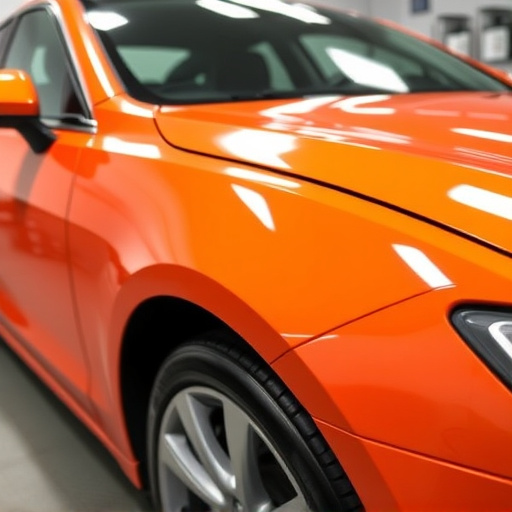
Tesla vehicles are renowned for their advanced technology, and the Adaptive Suspension system is no exception. When it comes to diagnosing issues with this intricate system, owners should be aware of several common problems that can affect ride quality and handling. One of the primary indicators of a Tesla adaptive suspension repair need is uneven tire wear, which often suggests misalignment or damaged sensors. Other visible signs include unusual vehicle pull during driving, shaky or unstable handling, and noticeable gaps in the suspension system.
Regular maintenance and timely repairs are crucial to ensure optimal performance. Many issues can be resolved through adjustments or replacements, such as damaged control modules or faulty sensors. Even minor problems like misaligned components should be addressed promptly to prevent further complications. Fortunately, professional Tesla adaptive suspension repair services offer advanced diagnostic tools that accurately identify the root cause, whether it’s a simple sensor reset or more intricate repairs, including paintless dent repair techniques for exterior damage without affecting the vehicle’s aesthetic appeal or overall performance.
Step-by-Step Repair and Alignment Procedures

The Tesla Adaptive Suspension system is a complex network designed to ensure optimal comfort and control. When it comes to repair or alignment, a systematic approach is crucial. The process begins with diagnosing the issue using advanced diagnostic tools tailored for electric vehicles (EVs). Technicians inspect components like shock absorbers, springs, and control modules for signs of wear or damage, as these are common areas of concern in Tesla adaptive suspensions.
Next, for alignment, specialized equipment adjusts the suspension to factory specifications, ensuring precise handling and ride quality. This involves adjusting camber, caster, and toe angles, which directly impact steering responsiveness and tire wear. Following alignment, a final test drive confirms that the vehicle handles smoothly and steadily, with no unusual noises or vibrations. In cases of severe damage or component failure, such as fender repair or auto glass replacement, professional technicians will replace parts while maintaining the EV’s advanced safety features and performance characteristics.
Tesla’s Adaptive Suspension System, a pioneering feature in luxury vehicles, requires periodic repair and alignment for optimal performance. By understanding the system and common issues like irregular ride height or steering misalignment, owners can ensure their cars maintain the precision handling and comfort they’re known for. Following the step-by-step repair procedures detailed in this guide allows for accurate adjustments, restoring your Tesla’s adaptive suspension to its original specifications and enhancing both driving dynamics and passenger comfort. For those tackling Tesla adaptive suspension repair, a methodical approach is key to achieving superior results.
